Cover Photo courtesy of Houzz.com
Interior design rules are meant to be broken. In fact, many of the most inspiring spaces are ones that have done so with boldness and daring. There used to be an unfortunate adage that came out of the 80’s that said, “Don’t mix your metals.” Well, I’m happy to say that it’s time to get rid of that antiquated advice! (1)

Photo courtesy of Google Images
The fear of mixing finishes runs deep, from the horror of a hodgepodge bath to the deep shame of mismatched kitchen appliances. As consumers, it’s pretty simple and ideal to purchase metal fixtures, fittings and hardware in complete sets. And while there is a sense of completeness to a refrigerator, lighting fixtures and drawer pulls that all sport the same metal finish, you may be missing out on the best aspects of your room’s design. (2)
Mixing metals (combining silver, gold, brass or iron, just to name a few) is the perfect strategy for adding visual interest and depth to a space. We always love textured, layered, eclectic spaces and mixing metals is an effortless way to make the pieces in your home look like they’ve been collected over the years. The trick is to make sure you’re mixing your metals the right way so your space doesn’t become too mismatched or overbearing. (1)
There is definitely a method to the madness. And, designer Kathy Kuo, of Kathy Kuo Home, outlines some great DO’s and DON’Ts when it comes to mixing (3):
DO:
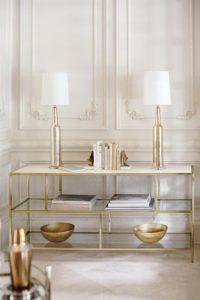
Photo courtesy of Google Images
- Choose a Dominant Metal
When mixing metals, as with mixing colors in a color palette, it’s best to choose a dominant tone and a secondary tone to give the room a sense of visual structure. Choose a metal you love to be the most prominent in your space, then select one or two metal accents to complete the look. (3) For smaller rooms (less than 500 sq. ft.), play it safe and pick only two metal tones to avoid looking like an overstuffed antiques shop. (4)
Although there’s no mathematical formula for how much of each metal to use, 70% and 30% is a good starting point for making sure one tone is dominant and the other is present enough to not feel misplaced. (4)
- Consider Your Color Scheme
Typically, you should use warm metals (like gold, brass and copper) with warm hues (like reds, browns and yellows) and cool metals (such as chrome and silver) with cool hues (such as blue, green and violet). Neutral rooms beg for metallic accents in order to add warmth, texture and color. If you’re using gray tones, a gold mirror can make a room come to life. (3)
- Use Natural Iron as a Neutral
Iron is the neutral of the metallic world. It is a modern industrial touch that adds a dark element to a palette that needs to be grounded or toned down. It doesn’t clash with other metal tones and it helps warmer metals, such as gold, gain a stronger pop of color. (3)
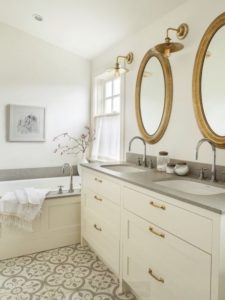
Photo courtesy of Houzz.com
- Keep It Subtle
Make sure your metals never compete for attention. The easiest way to mix metals cohesively is to divide them by category – separating the metal items into functional vs. decorative and assigning one finish to each. This works especially well in kitchens and bathrooms. In a kitchen, for example, functional hardware pieces (cabinet pulls and faucets) can be one metal tone and decorative pendant lighting can be another. Choose one finish for your bathroom faucets and shower fixtures (which are best perfectly matched from one manufacturer), and dress the other accents like handles, lights and mirrors in a second finish. (3)
DON’T:
- Be Afraid of Mixing Warm and Cool Tones
Warm metals (like gold or brass) come off as a rich pop of color and texture when placed with cool metals like silver or chrome. Many people think that matching your finishes is the best way to coordinate your home or kitchen, but in reality, this often create a monochromatic and less interesting look. (3)
- Disregard Textures
Texture can make all of the difference in a space with mixed metals. Combine matte, polished and hammered finishes to create a rich, yummy atmosphere. (3)
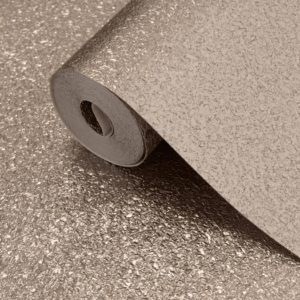
Photo by Ute Mader
- Forget to Use Other Metallics
Mix your metals not only with your hardware and finishings – metallic textiles, artwork, picture frames and wallpaper are all options you can use. (3)
- Put the Pedal to the Metal
Play with mixing metals but don’t go overboard. Stick to two finishes, typically. There’s a potential for three if there’s a statement piece of some kind, or if the metals are spread across a large space, but ideally you want two metals, a prominent tone and an accent. (3)
Remember too, there is no need to limit your metal mixology to just silver, gold, brass and copper. There are many other metals to choose from: oil-rubbed bronze, hammered silver, brushed steel and many more. (5)
Mixing things up is not for everyone. (5) If you focus on one metal, avoid the monotonous effect by including fabrics with metallic finishes and hues. These can add a lot of variety and help spread your palette throughout the space. (4)
Contact Talie Jane Interiors for assistance with mixing and matching your favorite metals.
Sources:
(1) http://thechrisellefactor.com/2016/01/5-tips-for-mixing-metals/
(2) https://www.lumens.com/how-tos-and-advice/how-to-mix-metals-in-interior-design.html
(3) https://www.kathykuohome.com/blog/mixing-metals-the-dos-and-donts/
(4) https://www.houzz.com/ideabooks/60375401/list/how-to-rock-a-mixed-metal-decor-palette
(5) http://typennington.com/design-notes-how-to-mix-metals-in-your-space/
Additional Information:
http://www.nativetrails.net/blog/mixed-metals/
http://www.lonny.com/Interior+Design+Rules+You+Should+Break/articles/o7zmUTNmLcZ/Don+t+Mix+Metals
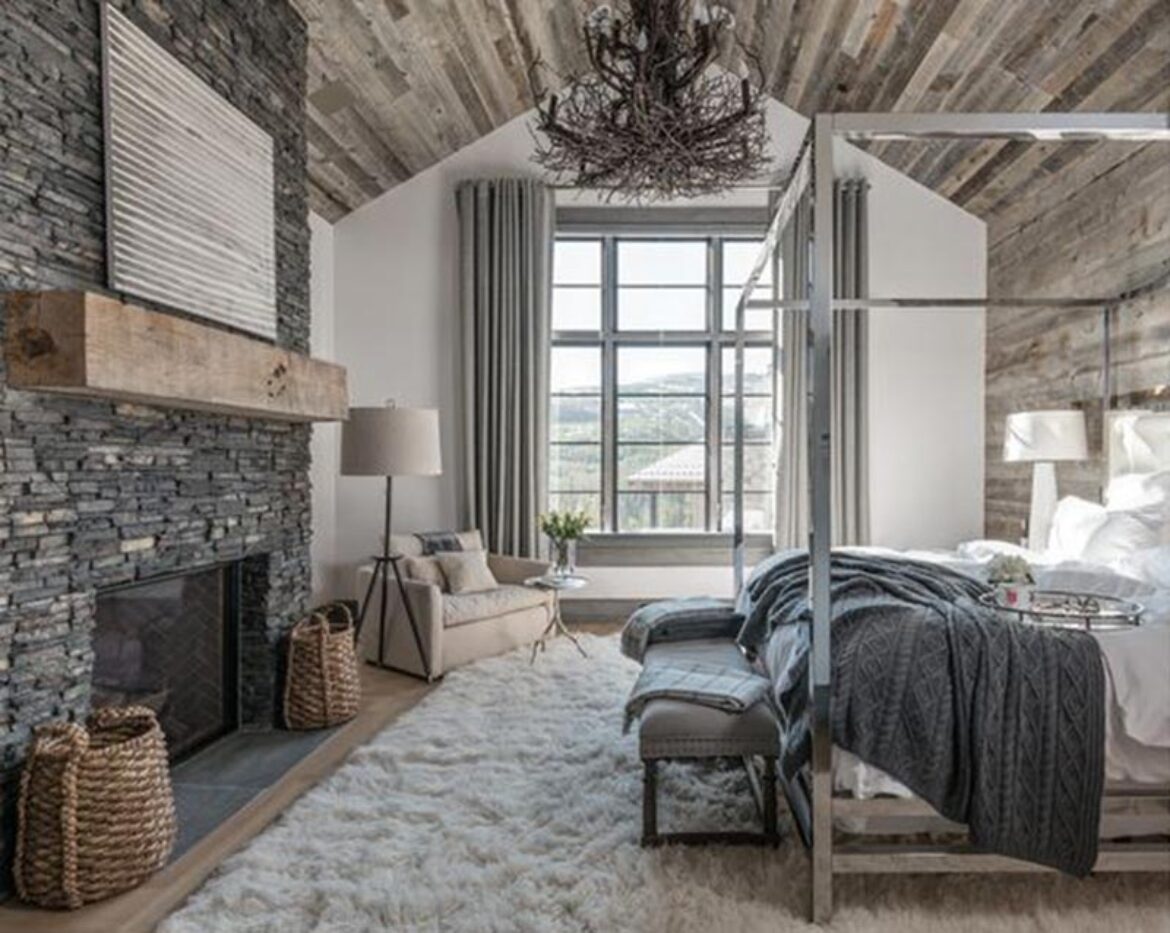
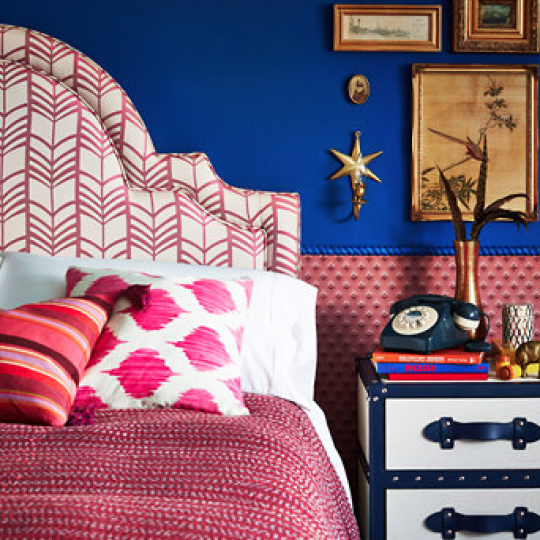
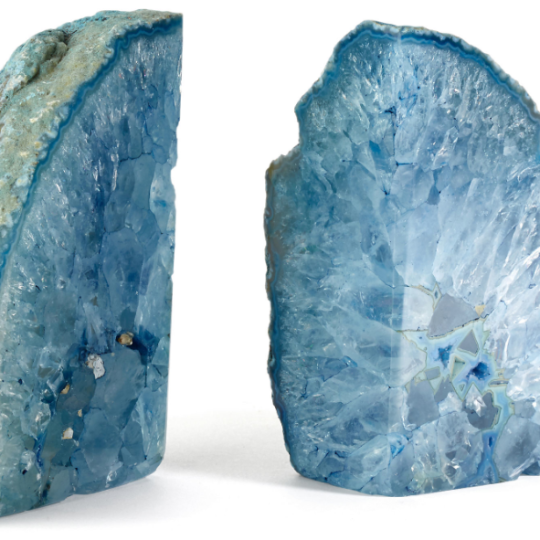





Sorry, the comment form is closed at this time.